Valentine’s Day in Parkland: Activists look for the changes demanded by the 17-person massacre at Marjory Stoneman Douglas High School
A state-by-state look at gun legislation change since the MSD shooting.
February 15, 2019
As we arrive at the one-year mark since 17 lives were lost at Marjory Stoneman Douglas High School, more questions are being raised about the change in gun laws that have (or haven’t) been made. After speaking with a Broward County teacher and a friend of one of the victims, it is clear that a renewed national conversation about gun control has commenced. This conversation has prompted some states to take action on the grounds of gun control. Yet, in July 2018, just five months after 17 students and faculty members were killed, there had already been 138 more mass shootings in America, according to the Gun Violence Archive.
On Feb. 14, 2018, a gunman opened fire in Marjory Stoneman Douglas High School in Parkland, Florida, killing 17 and injuring 17 others. The shooter was identified as former student Nikolas Cruz. This shooting has set off large protests against guns in the United States, mainly led by surviving Marjory Stoneman Douglas students. These students participated in protests for gun control, planned “March for our Our Lives,” and visited Florida’s capital to speak with lawmakers. The two main faces behind this school’s movement have been former students and shooting survivors Emma Gonzalez, 19, and David Hogg, 18. Gonzalez and Hogg both delivered powerful speeches at the March for Our Lives Rally in Washington, D.C. on March 24, 2018.
Many politicians, such as Senator Chris Murphy of Connecticut and former-Congresswoman Gabrielle Giffords, have called on Congress to enact stricter gun laws immediately and to not let this event end in inaction, meeting with Congress to try to make background checks more strict. The survivors themselves have come together under the slogan #NeverAgain to take on, and politicians who have backed the National Rifle Association throughout their careers and Washington, D.C. at large.
Legislation-wise, there have been few changes in gun laws. Rick Scott, Florida’s governor, signed a bill known as Florida Senate Bill 7026 into law, which tightens gun control in some ways. It raises the legal age of purchasing a firearm from 18 to 21 and established the Office of Safe Schools within the Department of Education, but it allows some teachers to be trained as “school guardians” and become armed, which is seen as a step in the wrong direction for many who are calling for stronger gun control. In Dec. 2018, the Trump administration banned bump stocks, which had made it easier to fire an automatic gun. While these changes are minimal, students and adults nationwide have been as vocal as ever, fighting for larger bounds towards gun control.
At Masters, the Students Demand Action club has been raising awareness for gun safety ever since the Parkland shooting and encourages others to join the conversation. Club co-president Samantha New believes that the Masters’ mindset has changed in two main ways since the shooting. “The first major shift in the action of addressing [Masters’] issue of not accepting others opinions or shutting their ideas down. I do think that this is a problem at school that should be fixed. In my opinion, a true activist is open to hearing opposite opinions than their own, without shutting the opinion or person down,” New said. Many people have spoken out about the shutting down of other’s opinions, it was even brought up at MLK day.
The second shift, New claims, is less known by the community. “The second major shift at Masters that most do not know about is that our whole community will now be more informed of what to do in emergency situations. After randomly polling some students, it came to my attention that many people do not actually know what to do in any given emergency situation.” Head of school Laura Danforth emailed protocol about lockdowns last spring and has provided us with other emergency response information, but it seems that many of the students at Masters still lack basic information on what to do. SDA wants to increase the knowledge of Masters students on emergency protocol.
Some teachers now receive routine training about what to do when a gunman attacks their school. They are instructed to keep their classroom doors locked, hide with the students out of sight, and stay bolted in until law enforcement enters the room. Colleen Brown, a Florida middle school teacher, has described her experience as somewhat traumatizing.
Brown said, “A police officer came into a classroom and shot blank bullets at us while we were expected to carry out our training. Afterward, everyone broke down crying, nobody made eye contact and almost all of the teachers left early,” recalled Brown. The Scenario training basically consisted of a run, hide, fight and shelter in place.
Brown continued, “We are taught to first barricade ourselves inside the classroom and to not let anyone in. They stressed this a lot. Even if it’s a student, they said, don’t let anyone in. Then if the shooter gets in, we have to turn anything into a weapon and attack: A stapler, a chair, a textbook, even the students are told to attack,” Brown added.
To view Tower’s issue following the shooting last year, view below.



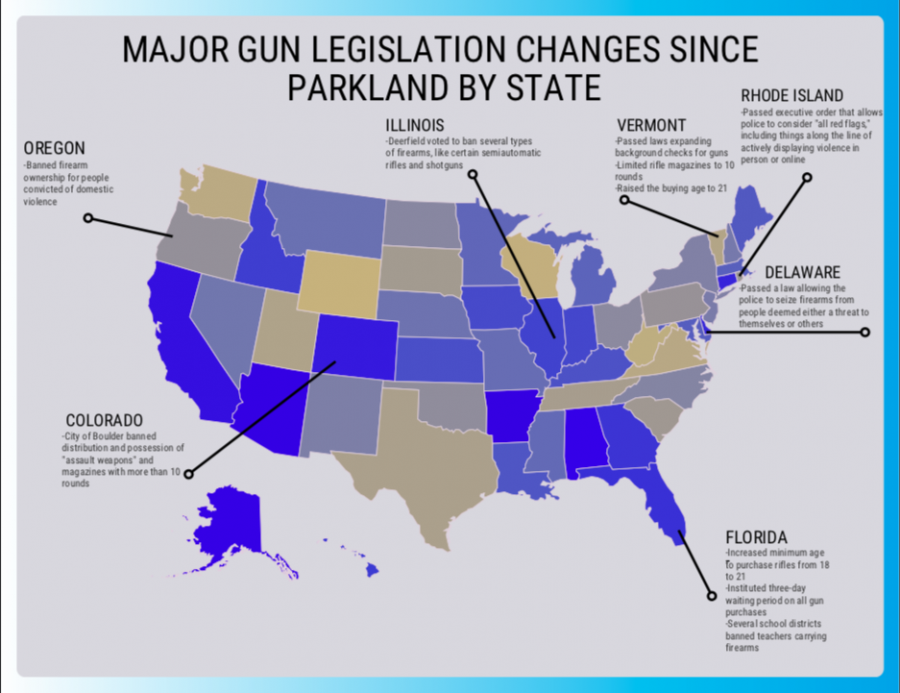
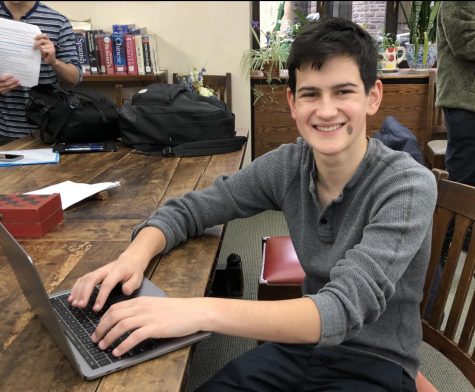
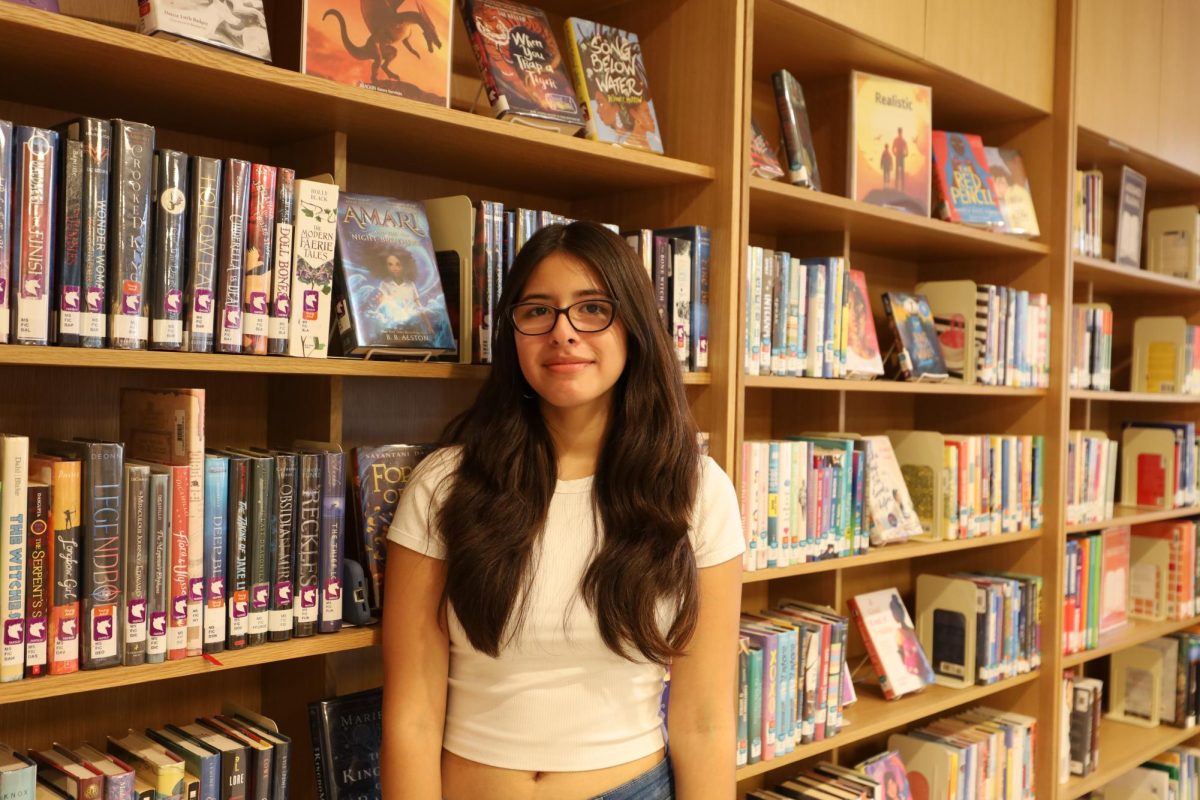
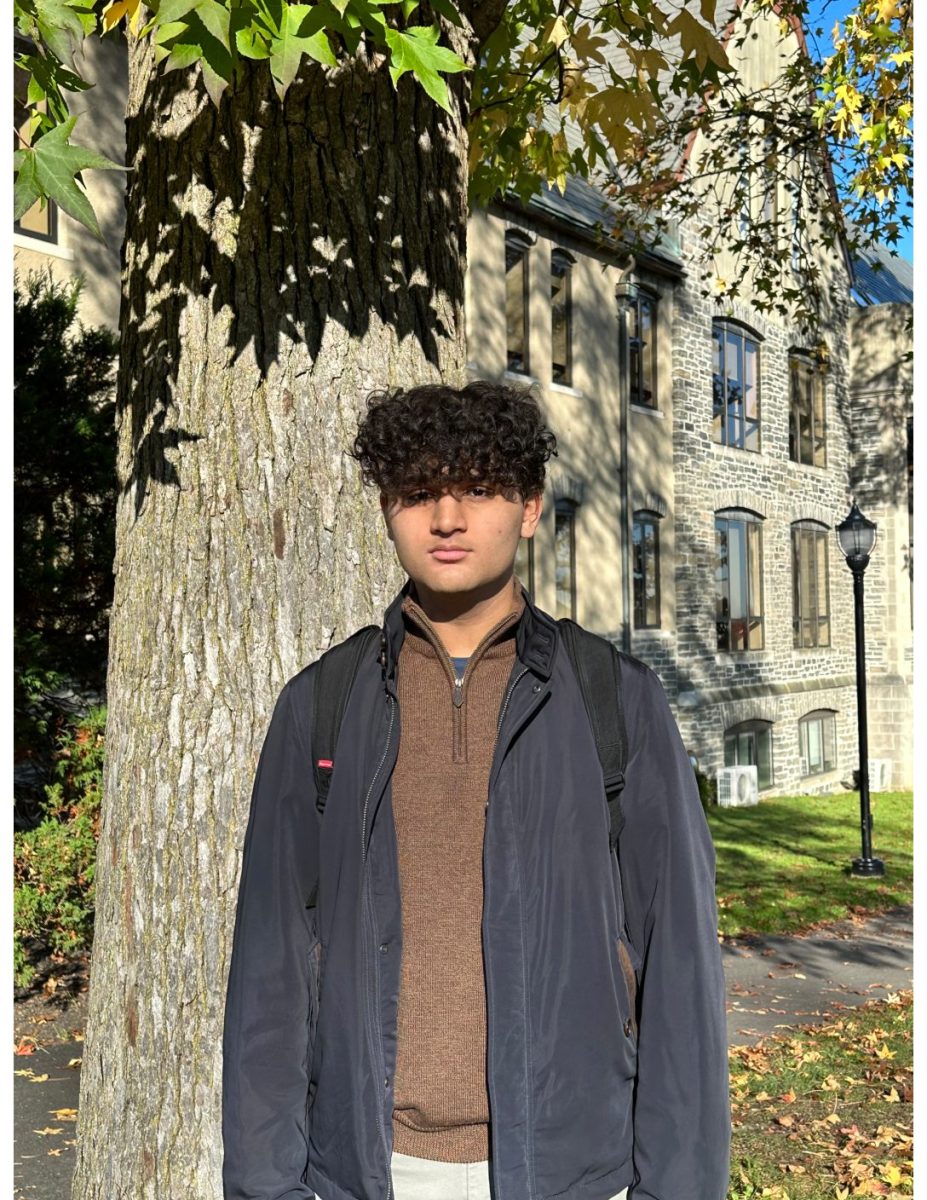
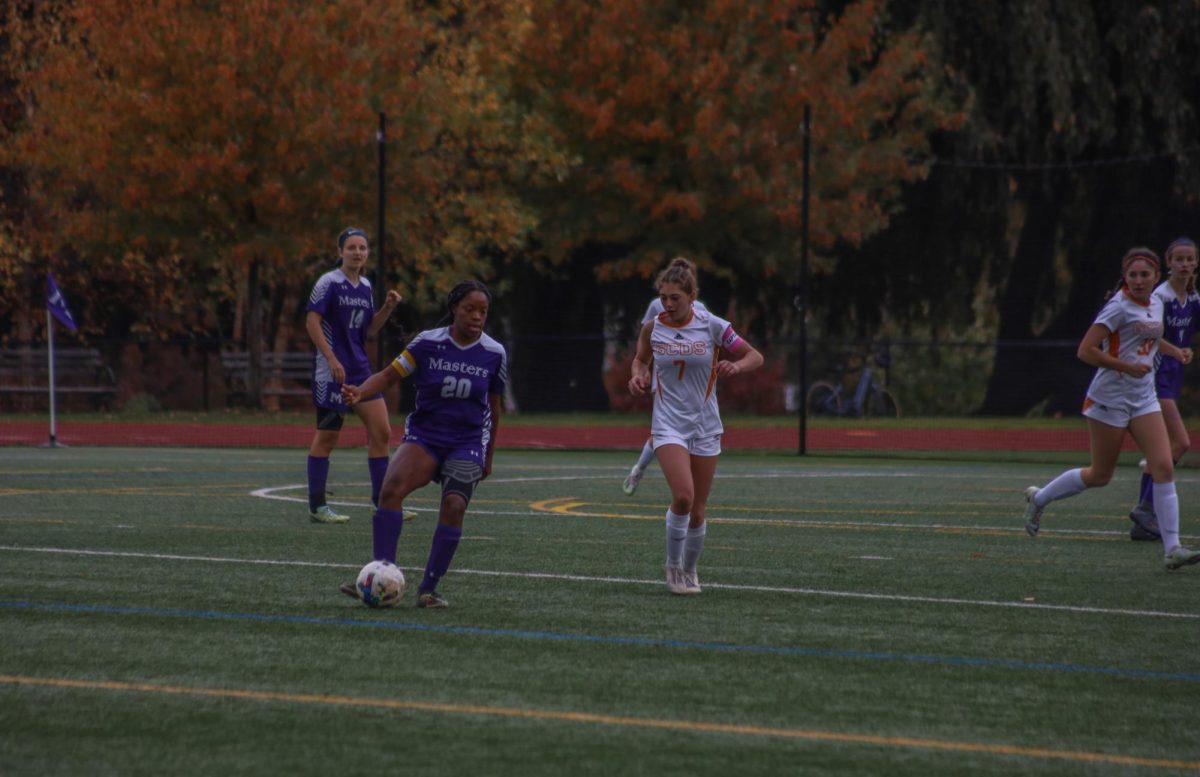



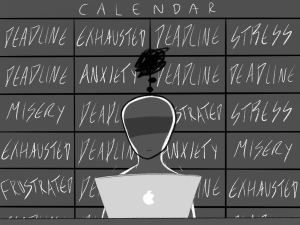
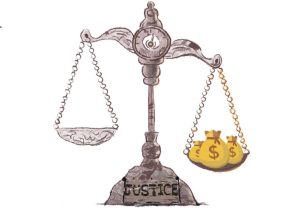

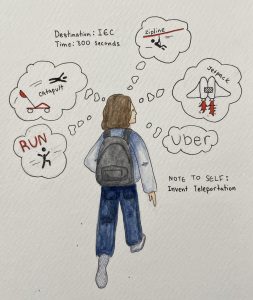

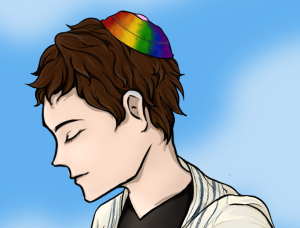

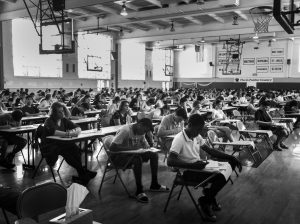
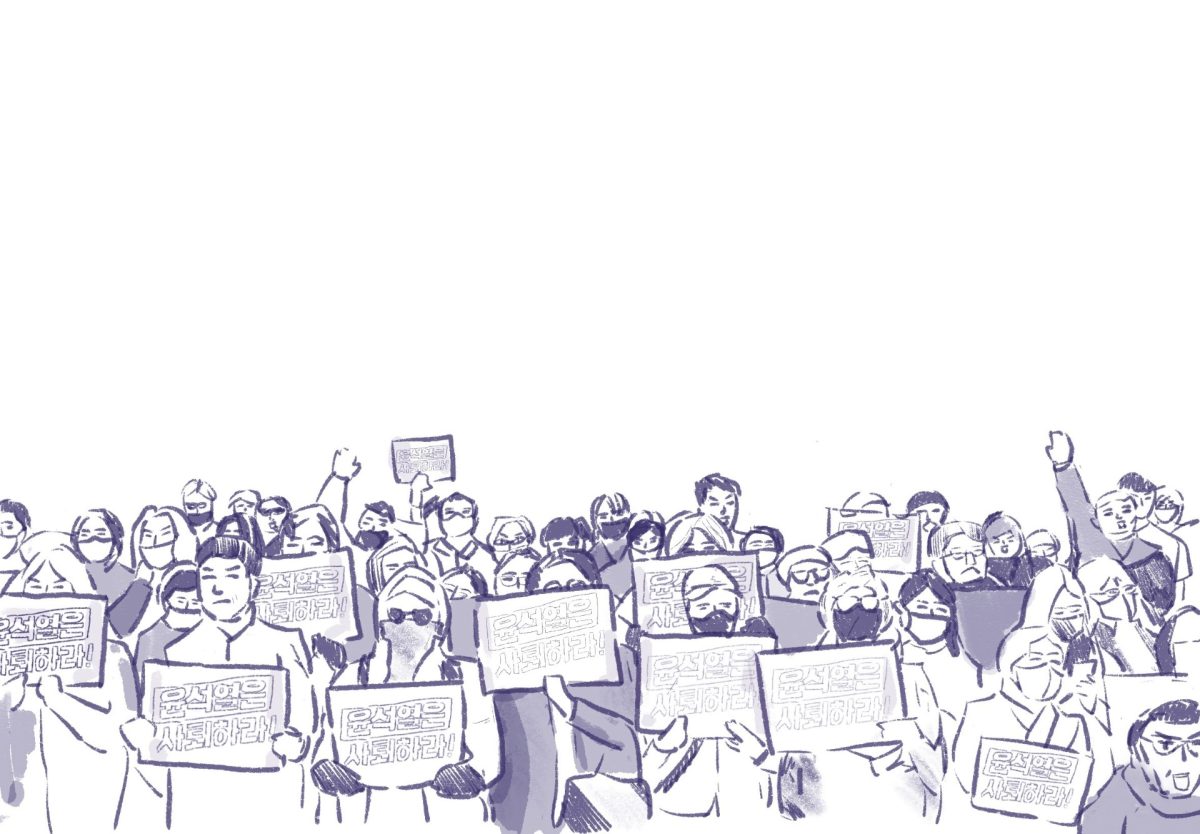
a • Feb 16, 2019 at 6:31 PM
a
Marissa Demers • Feb 16, 2019 at 6:30 PM
What a beautifully written piece! Much obliged!
Marissa Demers • Feb 16, 2019 at 6:26 PM
What a beautifully written piece!